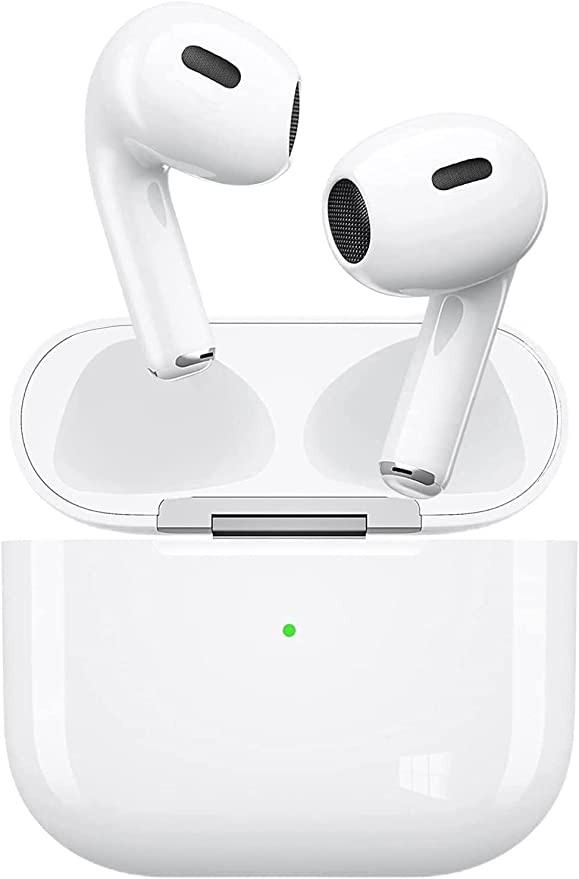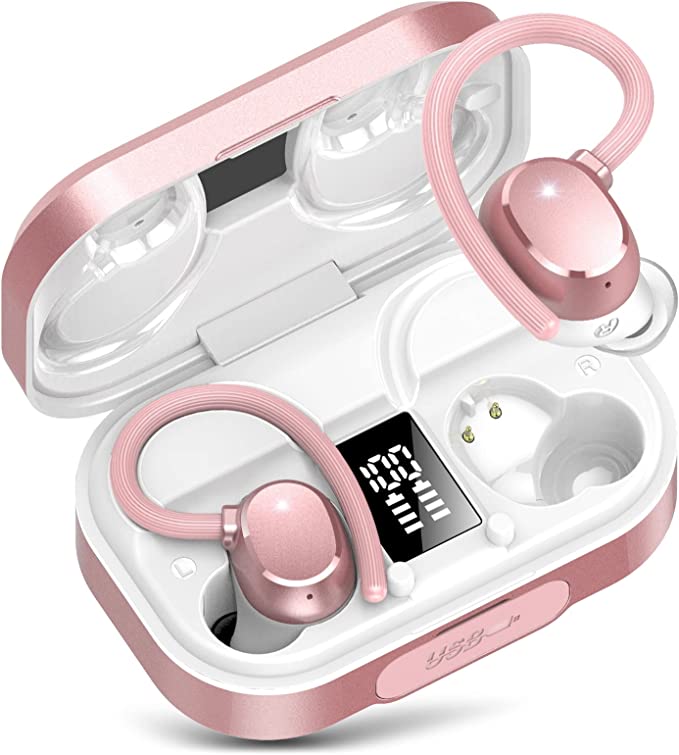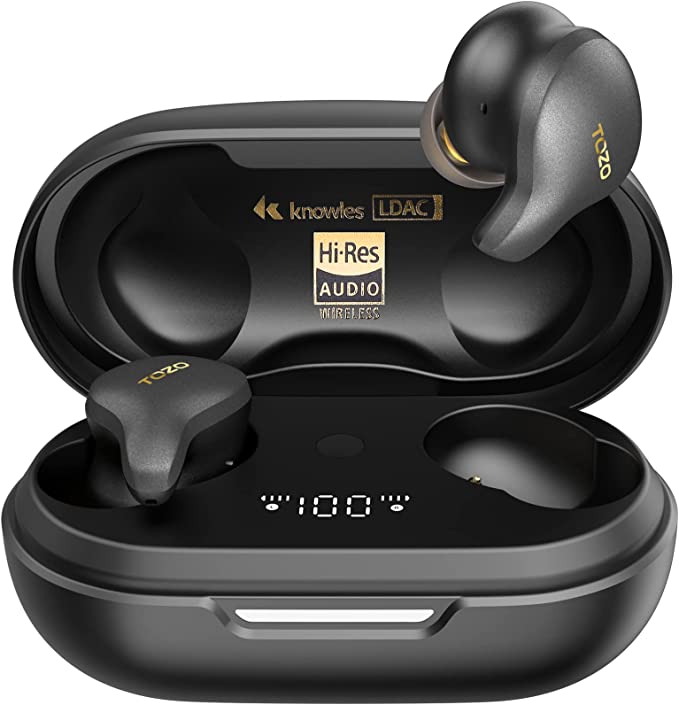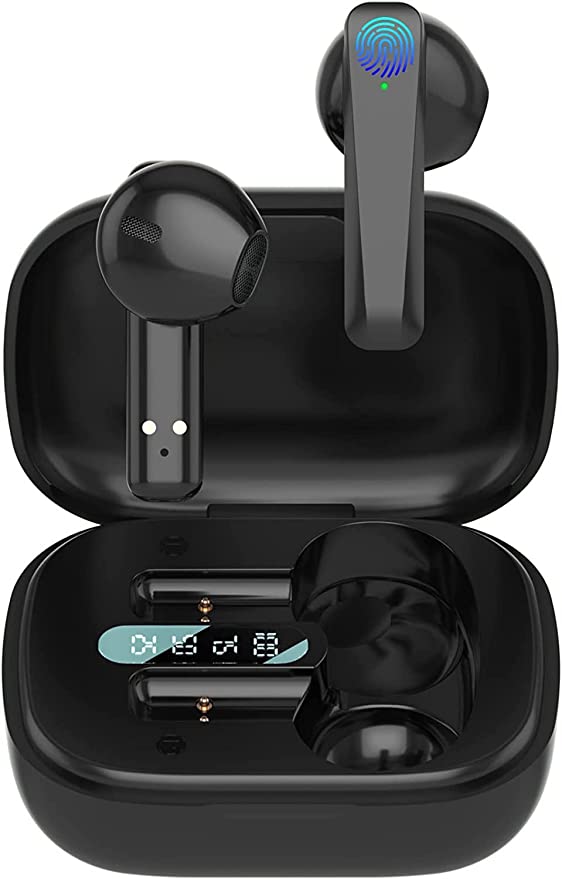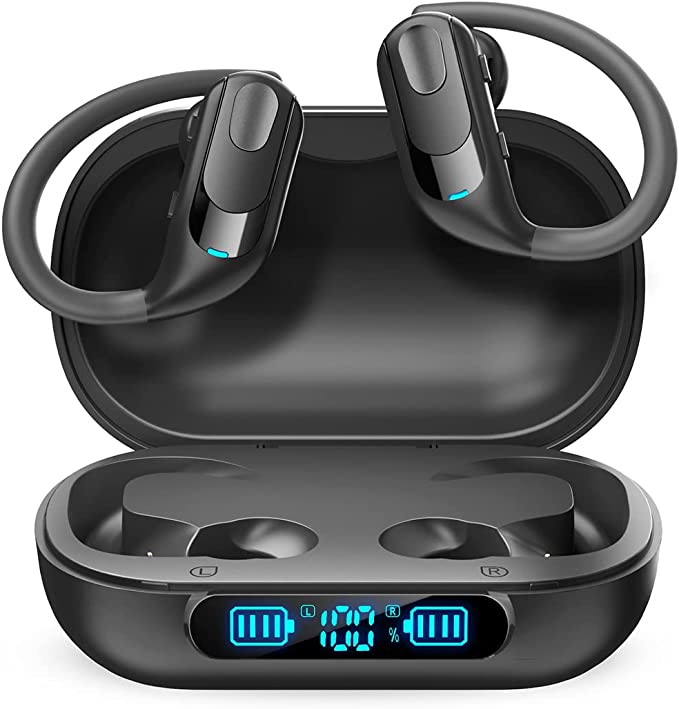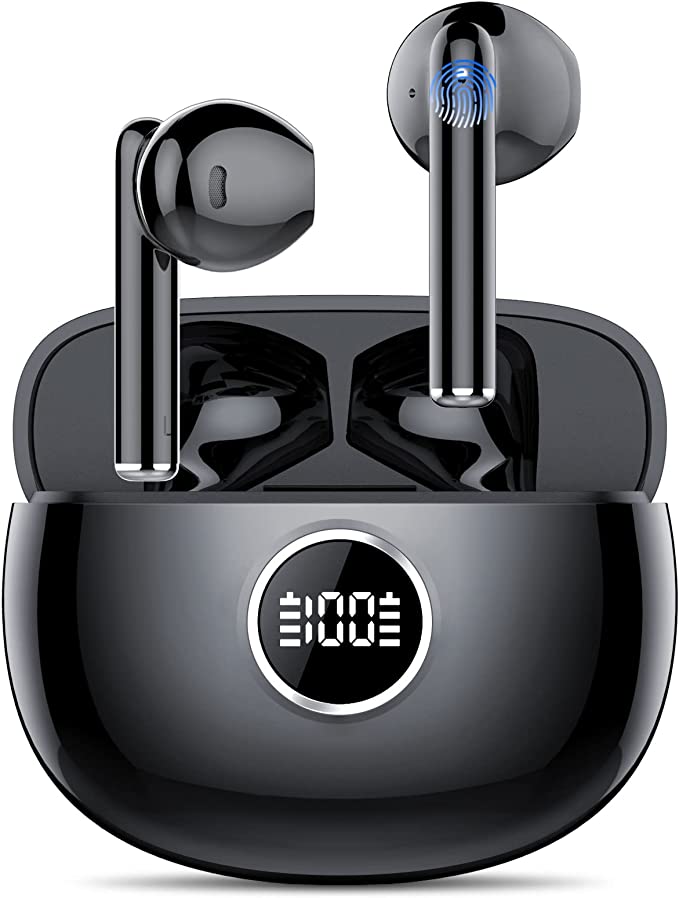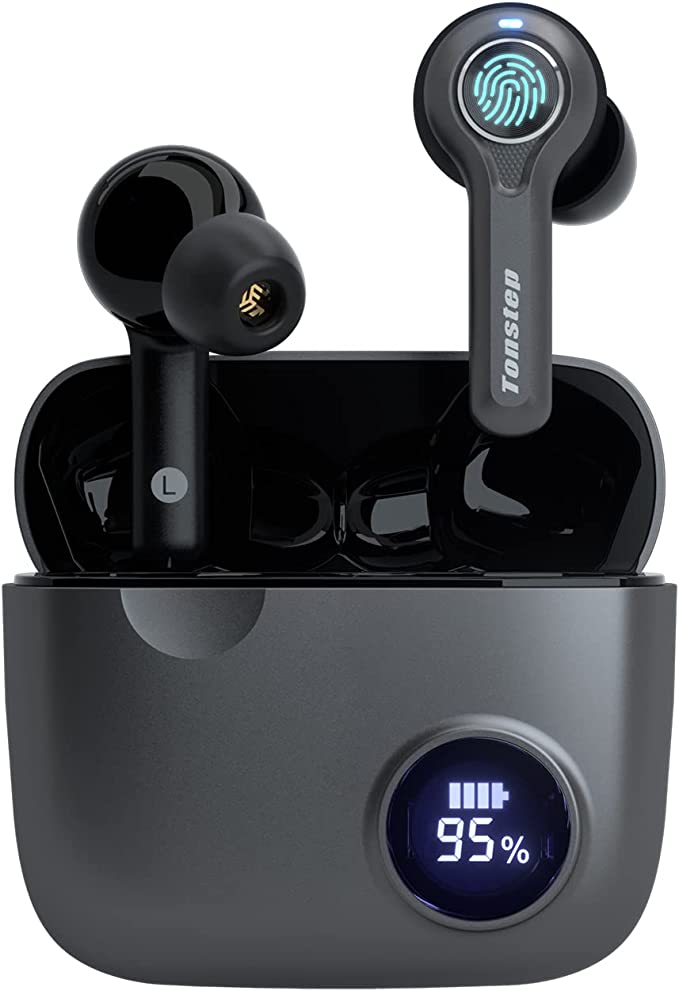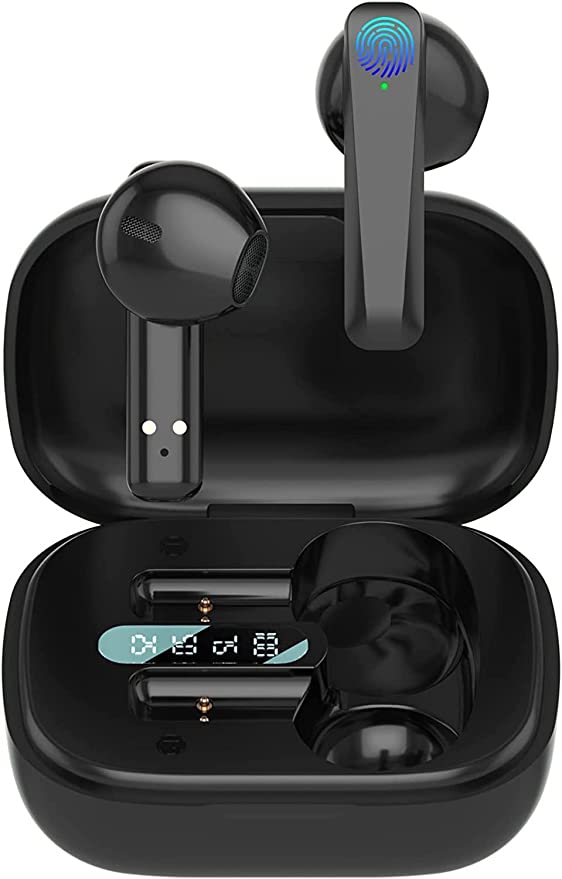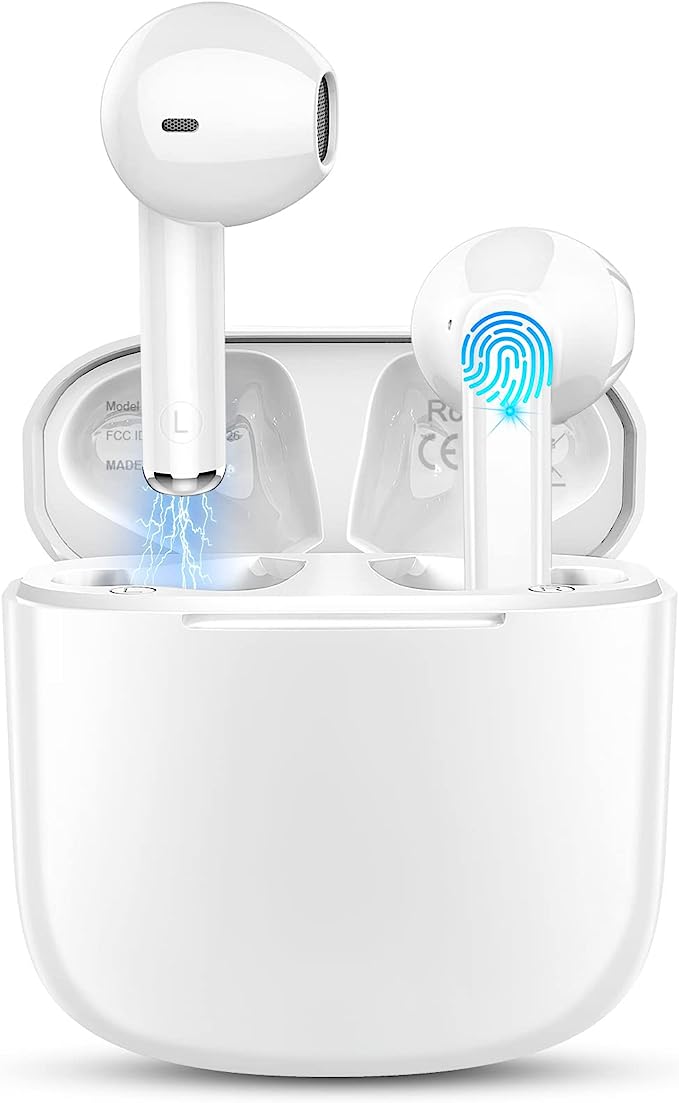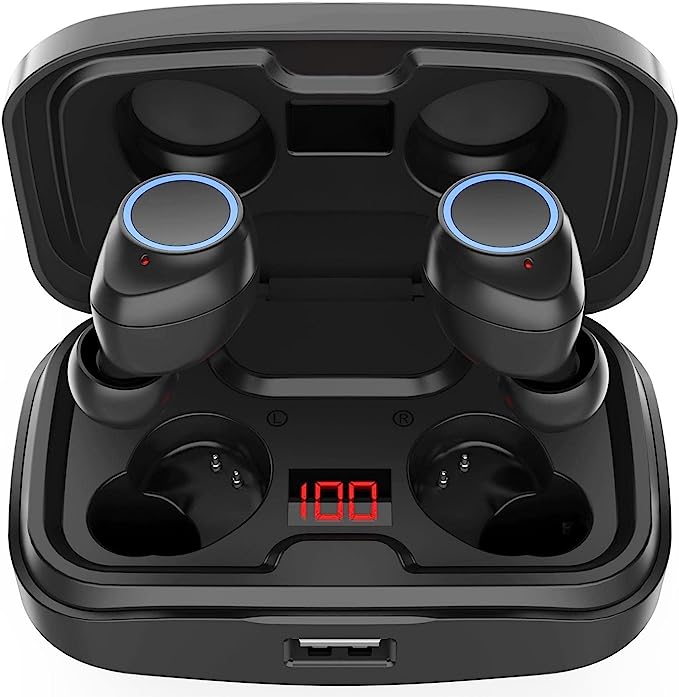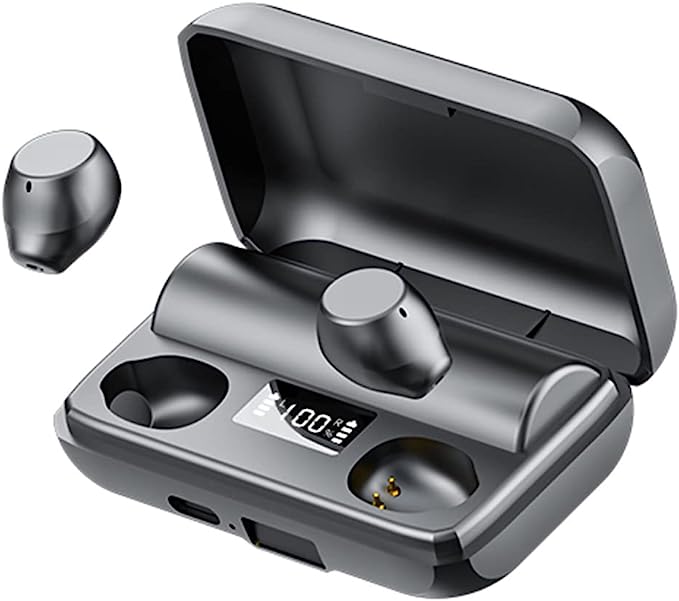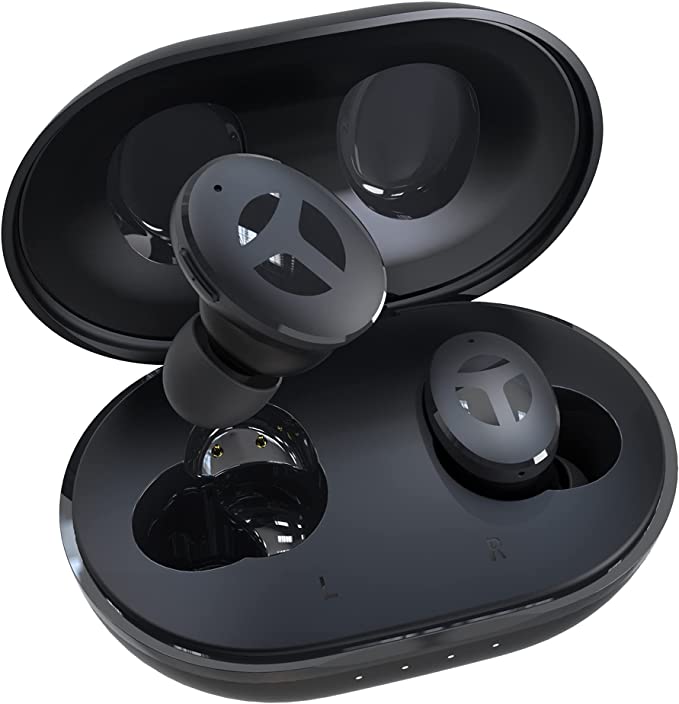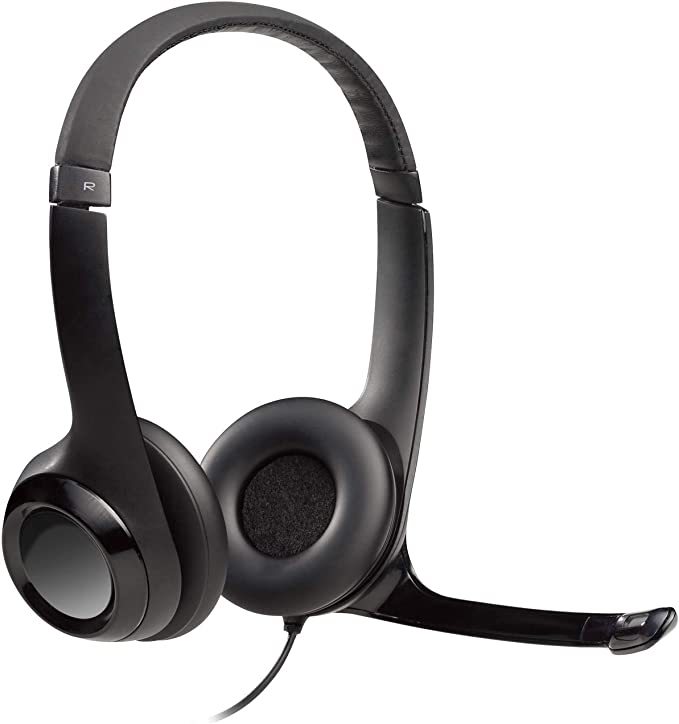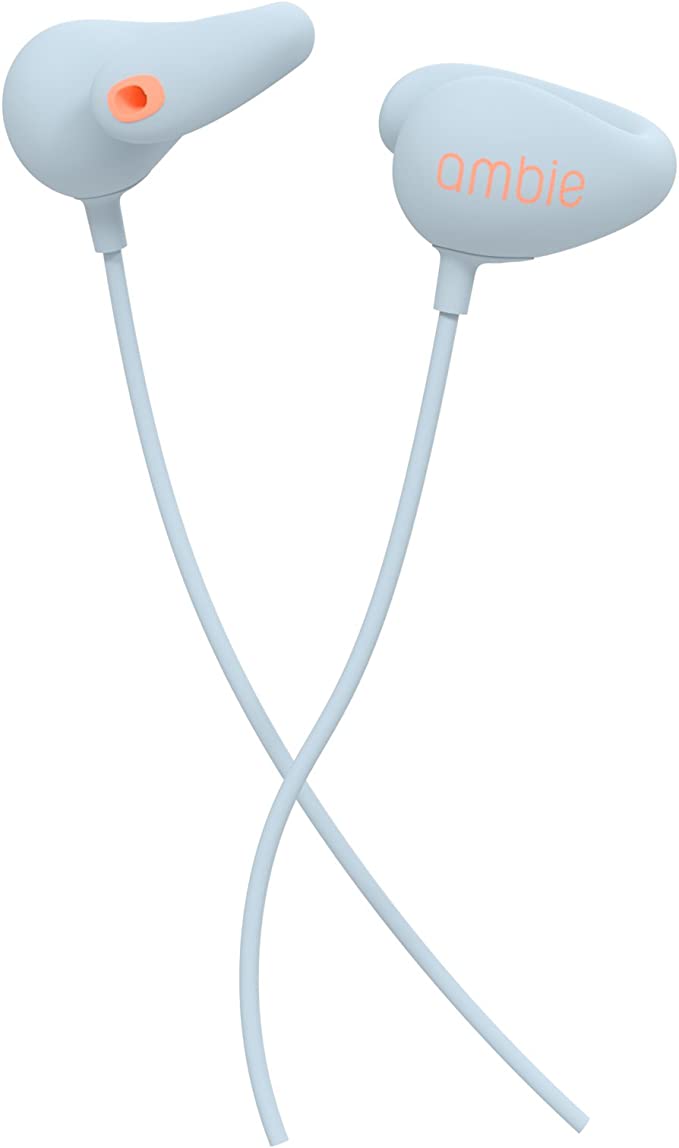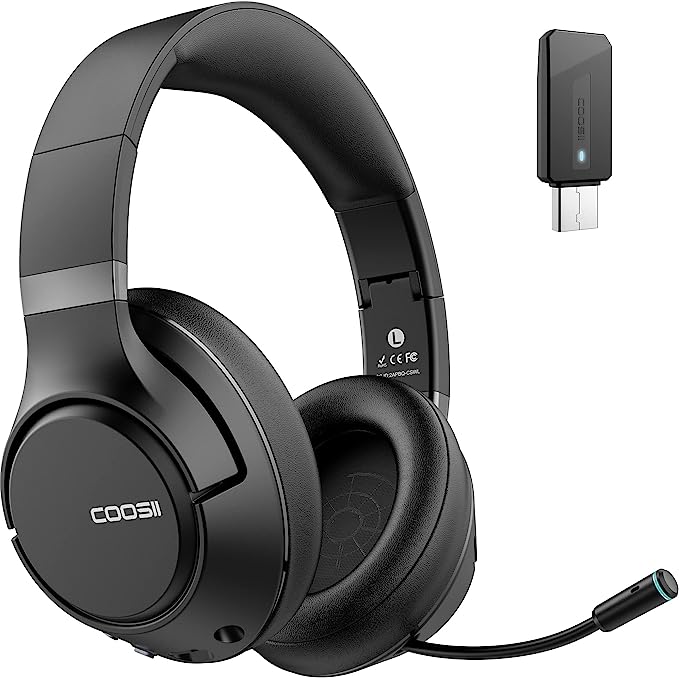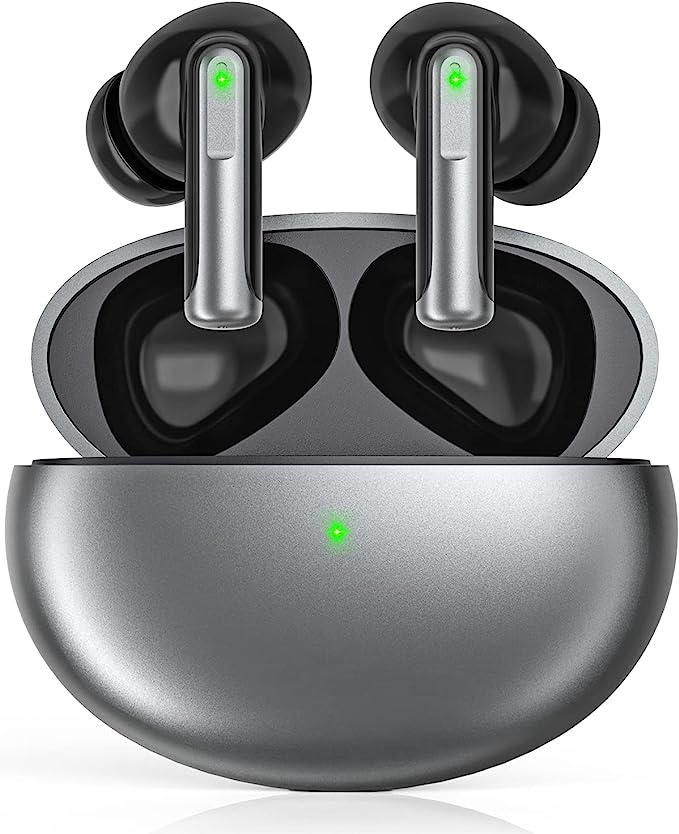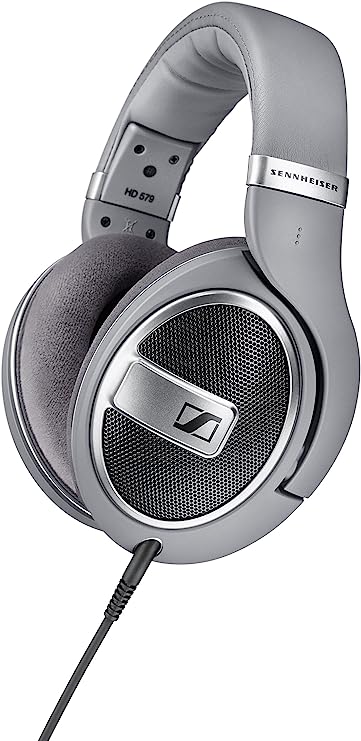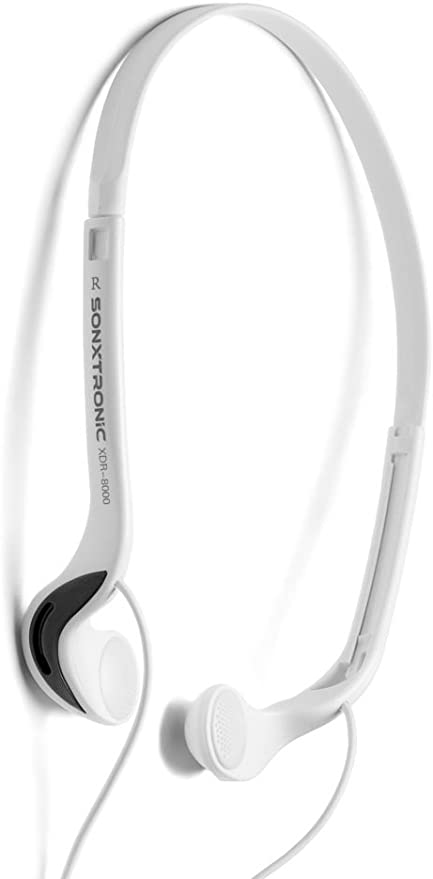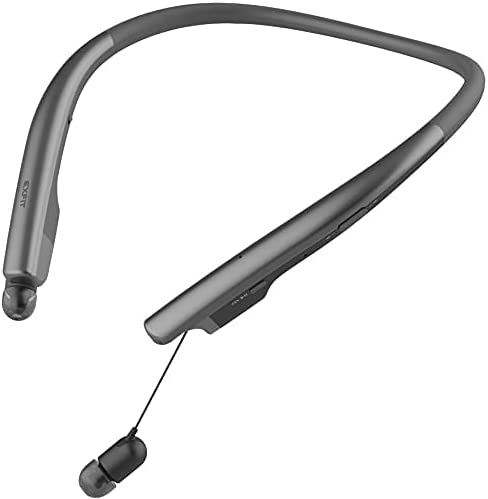A Guide to Modern Earbud Tech: Understanding Bluetooth 5.3, IPX7, and ENC
Update on Oct. 29, 2025, 6:39 p.m.
The world of wireless audio can feel like a sea of jargon. Every new pair of earbuds comes with a list of specs like “Bluetooth 5.3,” “IPX7,” and “ENC,” but what do these terms actually mean for your daily run, commute, or conference call? It’s easy to get lost.
Welcome to your guide. Think of me as your tech mentor. Today, we’re going to pull back the curtain on the core technologies that power modern wireless earbuds. We won’t just define the terms; we’ll explore what they do and why they matter. To make this real, we’ll use the Poounur H9 Wireless Earbuds as our case study—a practical example of how these features come together in a single device. Our goal isn’t to sell you something, but to empower you with knowledge so you can understand the tech you own or are thinking about buying.
Let’s begin.

The Digital Handshake: What Bluetooth 5.3 Actually Delivers
At the foundation of any wireless experience is Bluetooth. It’s the invisible link that carries your favorite song or podcast from your phone to your ears. You’ve probably seen the version numbers evolve, and it’s tempting to think of them as minor updates. However, the jump to a standard like Bluetooth 5.3 is significant, directly impacting three things you care about: connection stability, battery life, and range.
Imagine the 2.4 GHz frequency that Bluetooth uses as a crowded public highway. Early Bluetooth versions were like a single lane, easily jammed by interference from Wi-Fi routers, microwaves, and other devices. This “traffic jam” is what causes annoying audio stutters and dropouts.
Bluetooth 5.3 is engineered to be a smarter, multi-lane highway. It introduces a feature called Channel Classification, which allows the earbuds to be much better at detecting “congested” lanes. They can intelligently identify and hop to clearer, less crowded channels in real-time. For you, this means a far more stable and resilient connection, even in busy environments like a gym or a bustling city street.
Next up is power efficiency, which is crucial for small devices. Bluetooth 5.3 is designed to be incredibly energy-conscious. It allows your earbuds and phone to communicate and agree on the “check-in” frequency. If you’re just listening to music, they can agree to check in less often, entering a low-power state between transmissions. This “sipping” of power, rather than gulping it, is a key reason why a single earbud charge can now last for 8-10 hours of music playback, as seen in devices like the Poounur H9.
Finally, there’s range. Bluetooth 5.3 is built for more efficient data transmission over longer distances. While walls and obstacles will always have an impact, in an open space, it’s designed to maintain a solid connection up to 15 meters (about 50 feet). This gives you the freedom to leave your phone on a bench at the gym or on your desk while you walk around the room without losing your audio.
This combination of stability, efficiency, and range forms the reliable backbone of your entire listening experience.

The Science of Sound and a Clearer Voice
Once the Bluetooth signal reaches your earbuds, it needs to be turned into physical sound waves. This is the job of the driver. Think of it as a miniature, high-precision speaker. Inside each earbud is a magnet, a voice coil, and a diaphragm—a thin membrane that vibrates to create sound.
The size of this diaphragm matters. The Poounur H9, for example, uses 10mm drivers. A larger surface area can move more air, which is especially helpful for producing deep, rich bass frequencies. You don’t just hear the bass; you can feel its presence. Many manufacturers also use specialized materials, such as the “double-layer diaphragm” mentioned for the H9, in an attempt to find the sweet spot between being lightweight for crisp high notes and rigid to prevent distortion at high volumes. The goal is to reproduce sound accurately across the entire spectrum of human hearing (typically up to 20 kHz), delivering both the thumping bassline and the delicate cymbal shimmer.
But what happens when you need to speak? This is where a different technology, Environmental Noise Cancellation (ENC), comes into play. It’s often confused with Active Noise Cancellation (ANC), so let’s clarify:
- ANC (Active Noise Cancellation) listens to the noise around you and creates an anti-noise wave to cancel it out, giving you a quieter listening experience.
- ENC (Environmental Noise Cancellation) focuses on your voice. It uses the earbuds’ built-in microphones to isolate your speech from background noise, so the person on the other end of your call hears you clearly.
ENC is a lifesaver for calls in a busy cafe, a windy street, or a noisy office. It works by using a Digital Signal Processor (DSP) chip to analyze the sounds picked up by the mics. This chip is trained to recognize the patterns of human speech versus the random nature of background noise. It then digitally filters out the chatter and hum, boosting the clarity of your voice before sending it across the Bluetooth link. This is how “crystal clear calls” are achieved, though the constant processing is why call time on earbuds (typically 3-4 hours) is often shorter than music playtime.

Endurance and Resilience: Battery Life and the IPX7 Rating
Great sound and a stable connection are useless if your earbuds can’t survive your lifestyle. This is where battery endurance and physical durability become critical.
You’ll often see a large “total playtime” number advertised, such as the 50 hours associated with the H9. This figure is a combination of two things: the 8-10 hours of playback from the earbuds themselves, plus the extra 40-or-so hours of power stored in the portable charging case. For most people, this translates to days—or even a full week—of use without needing to plug the case into a wall. Features like a dual LED digital display take the guesswork out of battery management, showing you exactly how much power is left in the case and earbuds.
When it’s time to recharge the case, the modern standard is USB Type-C. Its reversible plug is convenient, but more importantly, it supports faster power delivery, allowing the case to be fully charged in just a couple of hours.
For anyone who is active, the IP rating is one of the most important specs to understand. “IP” stands for Ingress Protection. In a rating like IPX7: * The “X” means it hasn’t been rated for dust or solid particle protection. * The “7” is the water-protection score. A “7” signifies a high level of water resistance, specifically that the device can be submerged in up to 1 meter (about 3.3 feet) of fresh water for up to 30 minutes without damage.
In the real world, an IPX7 rating means your earbuds can easily handle heavy sweat, being caught in a rainstorm, or even an accidental drop in a puddle. It provides peace of mind for workouts and outdoor activities. However, it’s not a license for swimming—the constant pressure and motion, especially in chlorinated or salt water, exceed the rating, and Bluetooth doesn’t transmit well underwater anyway. It’s also a good habit to wipe the metal charging contacts dry after a sweaty workout to prevent any long-term corrosion.

Ergonomics and Control in Motion
Finally, technology has to be comfortable and easy to use. For sport-focused earbuds, the fit is everything. The primary challenge during activities like running or cycling is keeping the earbuds from falling out.
This is the problem that sport ear hooks are designed to solve. Unlike standard buds that rely solely on pressure inside the ear canal, a soft, flexible hook wraps over the top of your ear. This provides a secure, secondary anchor point that dramatically increases stability during high-impact movements. Combined with interchangeable silicone ear tips (usually in S/M/L sizes) that create a snug seal inside your ear, this design ensures the earbuds stay put and deliver optimal sound without leaking bass.
Once they are secure, you need to control your audio without fumbling for your phone. This is handled by smart touch controls. Capacitive sensors on the surface of the earbuds allow you to perform essential actions with simple taps and presses:
- Play or pause your music.
- Skip to the next or previous track.
- Adjust the volume up or down.
- Answer or end phone calls.
- Activate your phone’s voice assistant (like Siri or Google Assistant).
These controls make managing your audio seamless during a workout or when your hands are full. This combination of a secure physical design and intuitive touch interface allows the technology to fade into the background, letting you focus on your activity.
The Complete Picture
Deconstructed, a pair of modern wireless earbuds is a marvel of engineering. It’s a symphony where a stable Bluetooth 5.3 connection provides the rhythm, 10mm drivers deliver the melody, and ENC ensures the vocals are clear. A long-lasting battery acts as the enduring bassline, while an IPX7 rating provides a shield against the elements. Finally, ergonomic elements like ear hooks and touch controls ensure the entire performance is in perfect harmony with you, the listener.
By understanding these core concepts, you are no longer just a consumer reading a feature list. You’re an informed user who can appreciate the science in your pocket and make better decisions about the technology that shapes your daily soundtrack.

